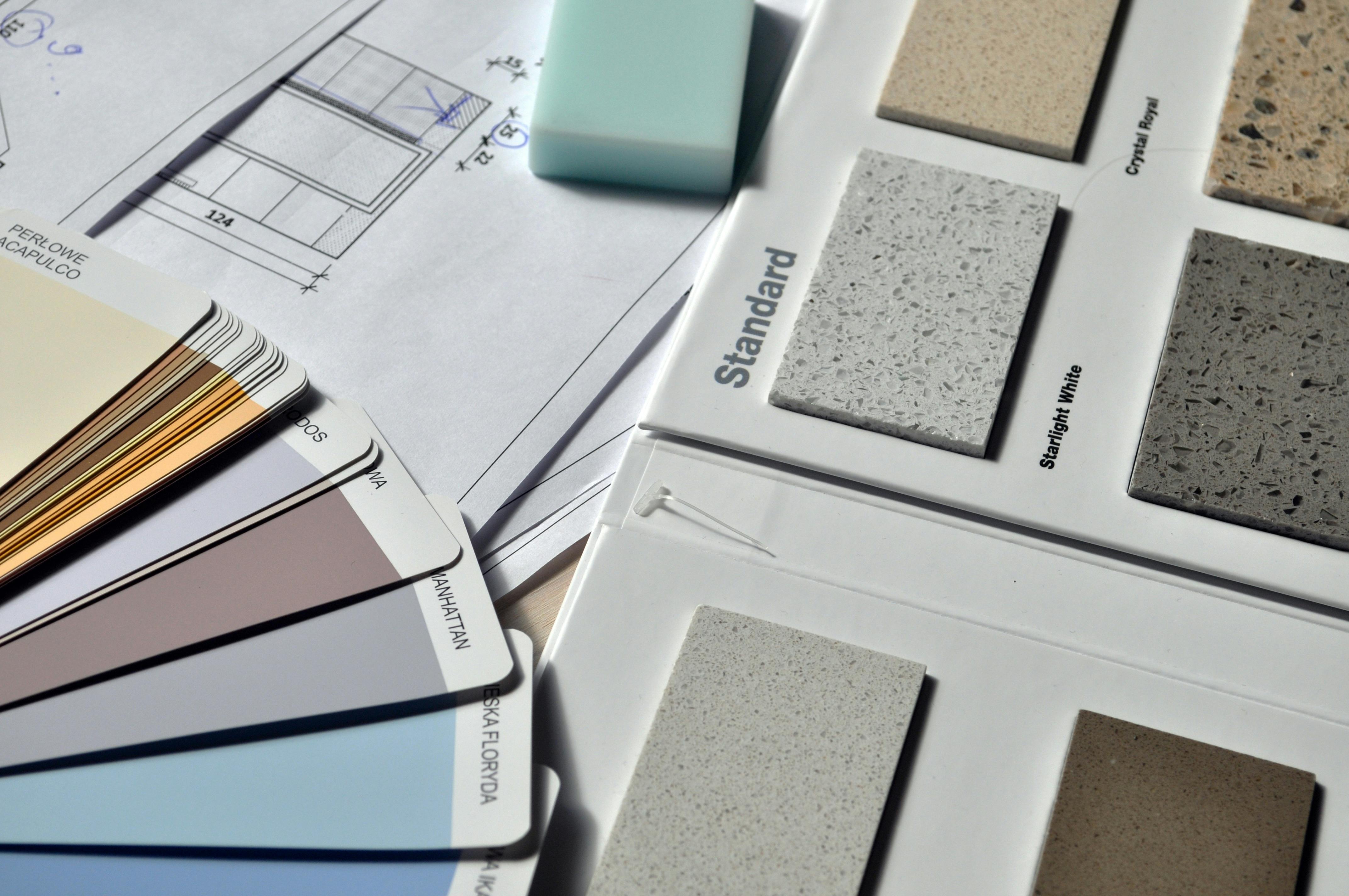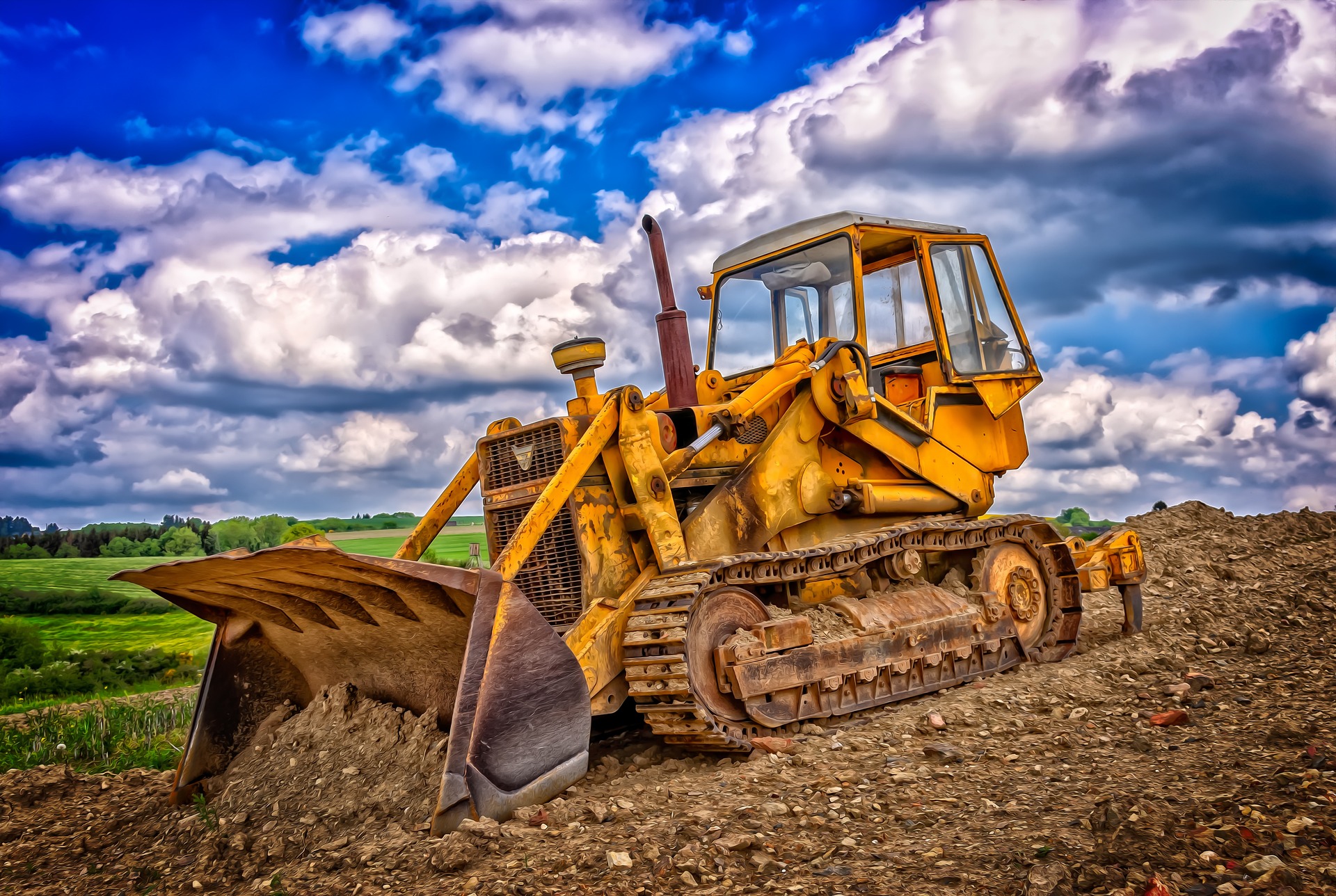Why More British Households Are Turning to Composite Decking
Composite decking is practically designed for British weather, being durable, low-maintenance and rot-resistant. Many brands cater specifically to the UK market, offering plenty of choice, from colours and styles to anti-slip finishes and long warranties. Learn more about this versatile material and its various applications.

What Makes Composite Decking Durable and Stylish?
Composite decking combines recycled wood fibres with plastic polymers to create boards that resist moisture, insects, and weathering. Unlike natural timber, composite materials maintain their appearance without regular staining or sealing. The manufacturing process allows for consistent colouring and grain patterns that replicate various wood species whilst offering enhanced structural integrity.
Modern composite boards feature protective caps that shield against UV damage, preventing the fading and cracking common with traditional wood decking. This technology ensures that decks retain their original colour and texture for years, making them particularly suitable for Britain’s variable climate conditions.
Why Low Maintenance Decking Appeals to Garden Owners
Garden enthusiasts appreciate composite decking’s minimal upkeep requirements compared to timber alternatives. Traditional wooden decks demand annual cleaning, staining, and sealing to prevent rot and maintain appearance. Composite boards require only occasional washing with soap and water to remove surface dirt and debris.
The elimination of regular maintenance tasks frees homeowners to focus on other garden activities whilst reducing long-term costs associated with deck care products and professional treatments. This convenience factor particularly appeals to busy households and older residents who prefer spending time enjoying their outdoor spaces rather than maintaining them.
Timber vs Composite Decking: Key Differences Explained
Natural timber decking offers authentic wood grain and initial cost advantages but requires ongoing maintenance and eventual replacement due to weathering and decay. Softwood options like pine need treatment every 12-18 months, whilst hardwoods require less frequent but more expensive maintenance.
Composite decking involves higher upfront investment but provides superior longevity and weather resistance. Quality composite boards typically last 20-30 years without significant deterioration, compared to 10-15 years for treated softwood decking. The synthetic materials resist splintering, warping, and insect damage that commonly affect timber installations.
Installation processes differ slightly, with composite boards often featuring hidden fastening systems that create seamless surfaces without visible screws or nails. This design approach enhances both aesthetics and safety by eliminating protruding hardware.
Modern Outdoor Decking Solutions for Contemporary Homes
Contemporary composite decking systems incorporate advanced features like integrated lighting channels, hidden cable management, and modular designs that accommodate complex layouts. Multi-tonal colour options and varied plank widths create sophisticated outdoor living spaces that complement modern architectural styles.
Smart decking solutions include boards with enhanced slip resistance for safety around pools and moisture-prone areas. Some manufacturers offer coordinating railings, fascia boards, and accessories that create cohesive outdoor environments without mixing materials or finishes.
How Sustainable Composite Boards Benefit the Environment
Quality composite decking utilises recycled materials, including reclaimed wood fibres and plastic waste that might otherwise reach landfills. This manufacturing approach reduces demand for virgin timber whilst repurposing existing materials into long-lasting products.
The extended lifespan of composite boards means fewer replacements and reduced waste generation over time. Unlike treated timber, composite materials don’t require chemical preservatives that can leach into soil or groundwater. Many composite products qualify for green building certifications due to their environmental benefits and sustainable manufacturing processes.
| Decking Type | Material Composition | Estimated Cost per m² | Expected Lifespan |
|---|---|---|---|
| Softwood Timber | Pressure-treated pine/spruce | £25-£45 | 10-15 years |
| Hardwood Timber | Oak/iroko/teak | £60-£120 | 15-25 years |
| Basic Composite | Wood fibre/plastic blend | £45-£75 | 20-25 years |
| Premium Composite | Capped composite boards | £75-£130 | 25-30 years |
Prices, rates, or cost estimates mentioned in this article are based on the latest available information but may change over time. Independent research is advised before making financial decisions.
The Future of Garden Decking in British Homes
The composite decking market continues evolving with innovations in texture replication, colour stability, and installation efficiency. New manufacturing techniques produce boards that closely mimic exotic hardwoods whilst maintaining composite durability advantages.
Growing environmental consciousness among British consumers supports continued adoption of sustainable composite materials. As manufacturing scales increase and technology improves, composite decking becomes increasingly accessible to homeowners seeking long-term outdoor solutions that balance aesthetics, functionality, and environmental responsibility.
The combination of reduced maintenance requirements, enhanced durability, and improved sustainability makes composite decking an attractive investment for British households planning outdoor improvements. This trend reflects broader shifts towards convenient, environmentally conscious home improvement choices that provide lasting value and enjoyment for years to come.




